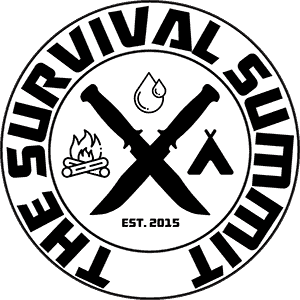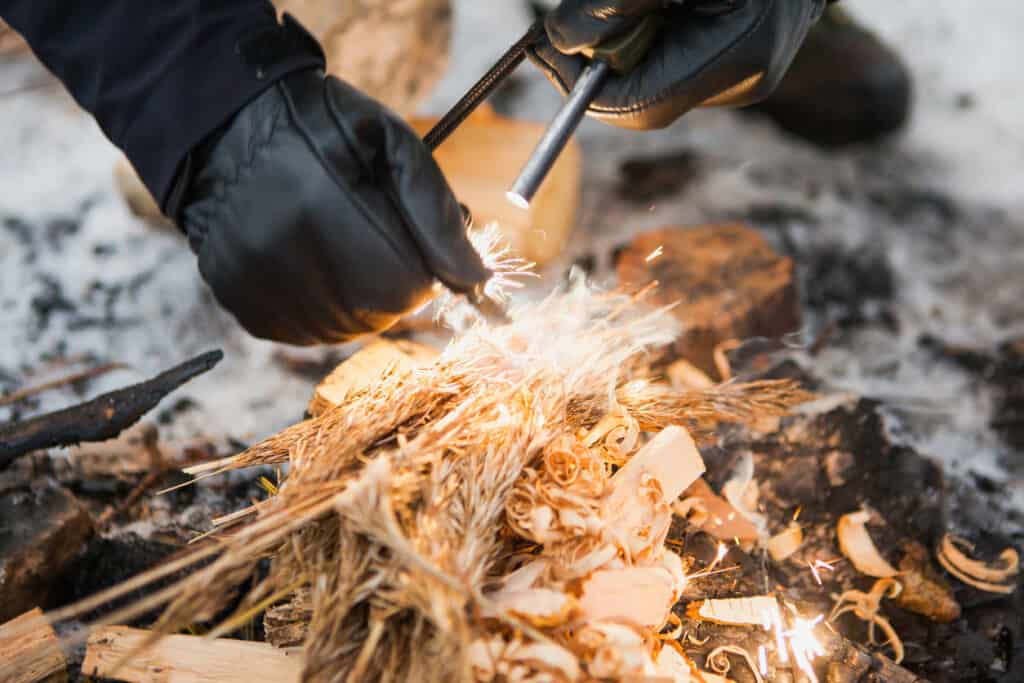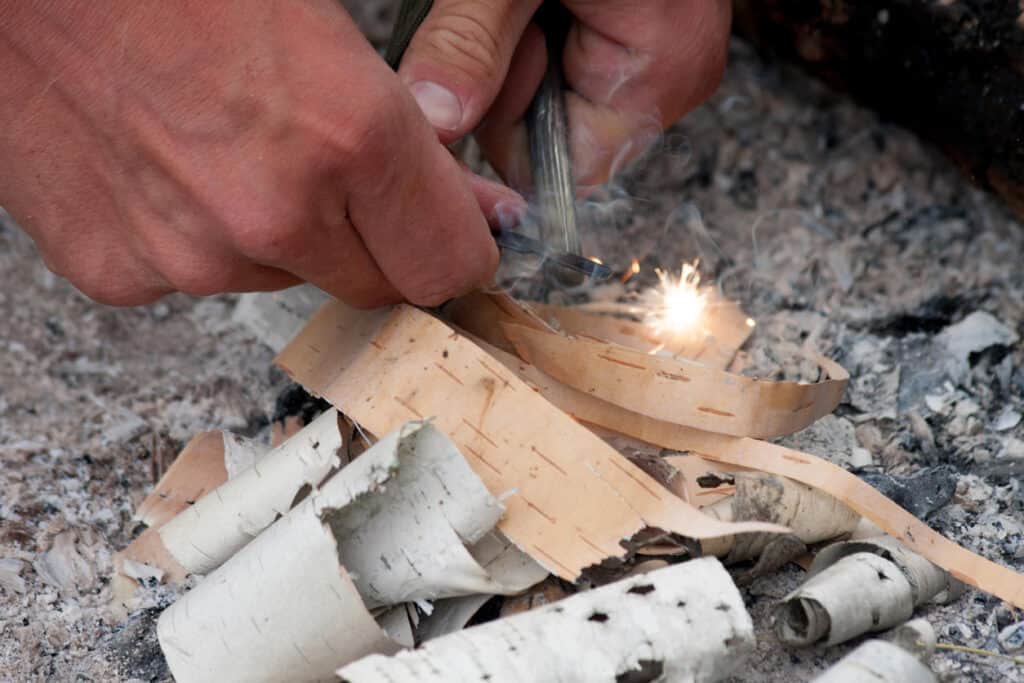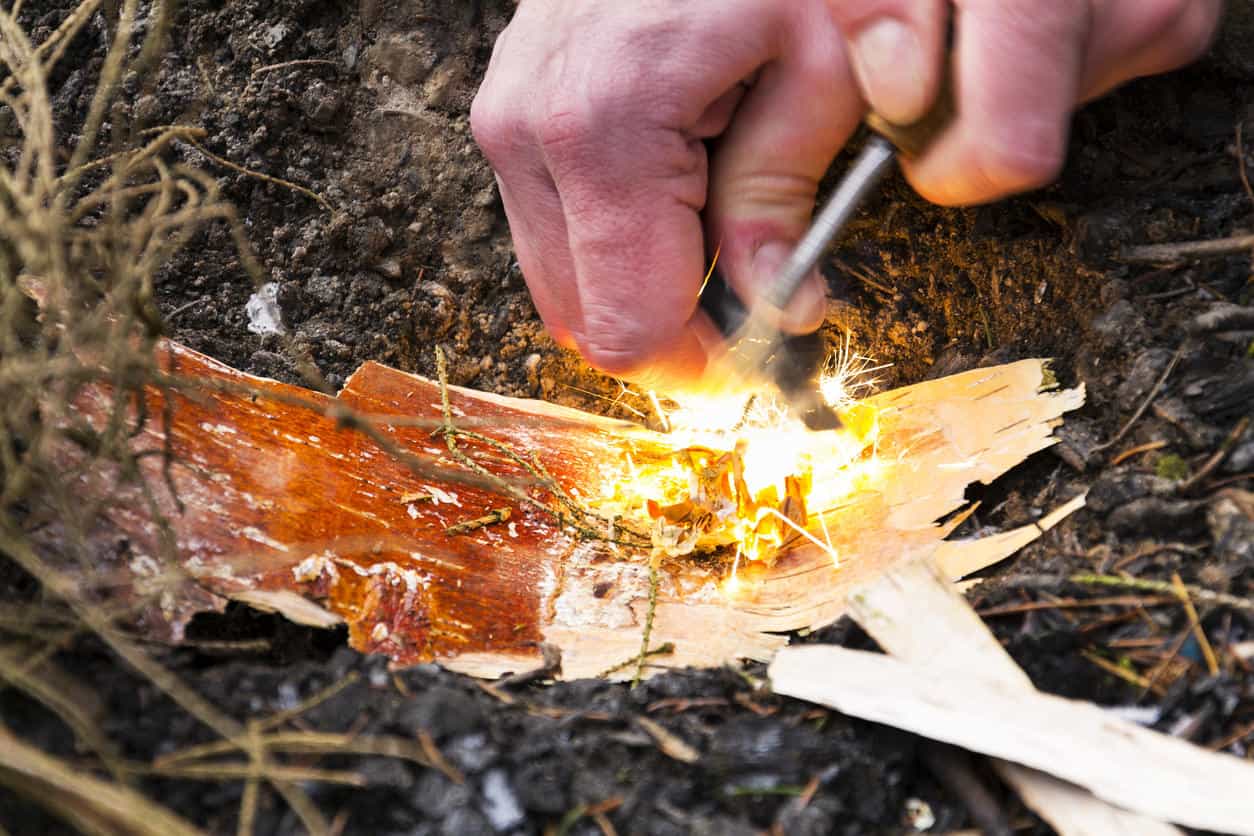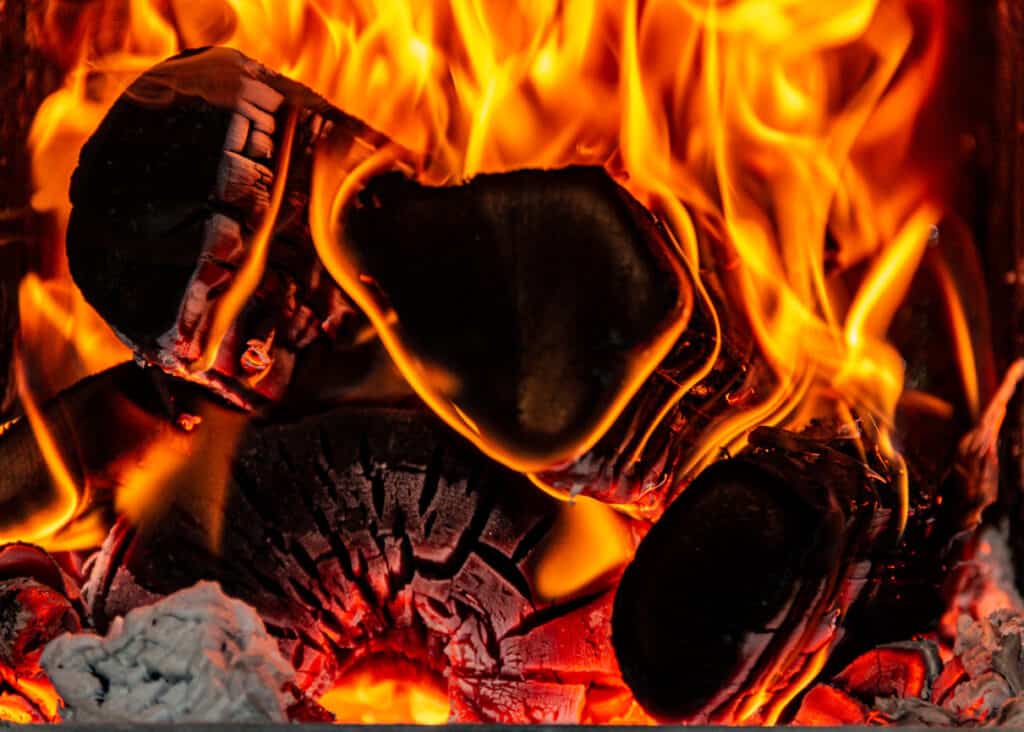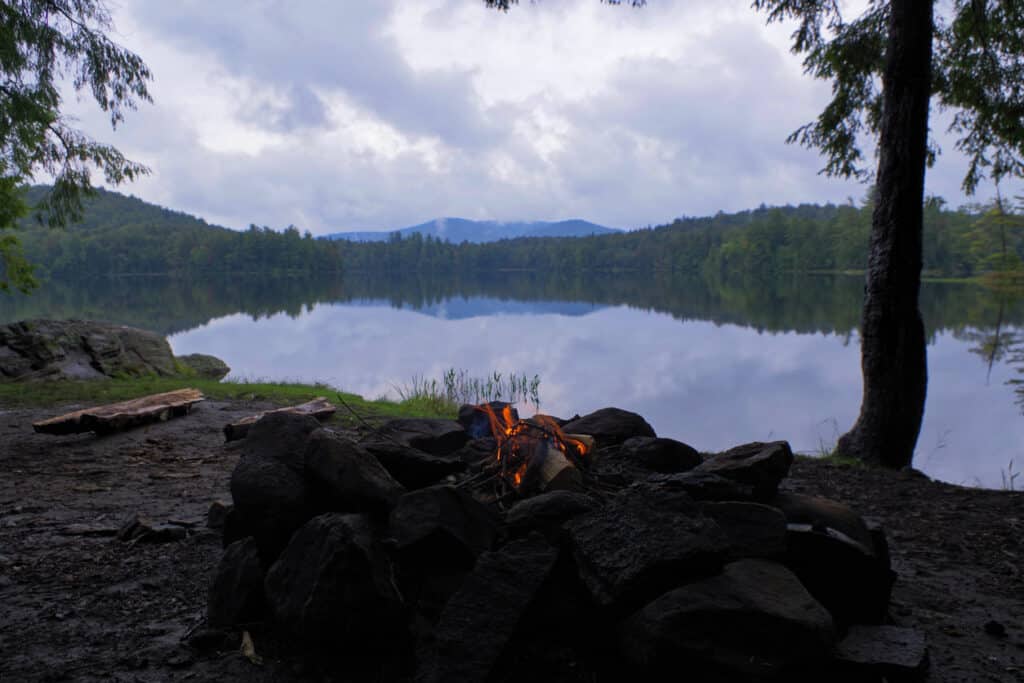Best Fire-Starting Methods
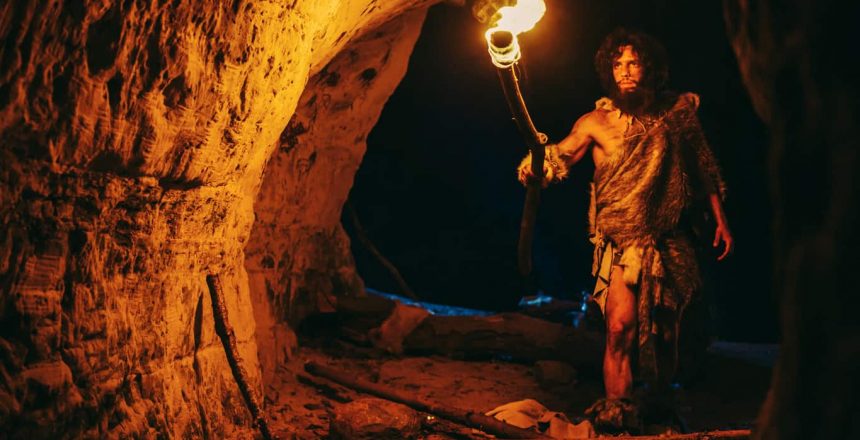
Best Fire-Starting Methods
There are reasons people have been relying on fire since the beginning of time – it’s an incredibly efficient way to create heat, light, cooking, purifying water, etc. And when it comes to survival situations, having a working knowledge of how to start a fire is essential.
In this blog post, we will be discussing the best fire-starting methods for almost any situation. So, whether you are stranded in the middle of nowhere or just trying to prepare for the worst, keep reading for tips on the best fire-starting methods.
Fire starting types
The three things needed to start a fire are heat, fuel, and air. Without any one component present there can be no fire – so it’s important to have all three in order for you to create fire. When an emergency arises, or you’re out camping and looking to start a fire, you’ll need to be prepared with the right equipment that can produce heat and fuel sources capable of accepting it.
If the weather is nice and it’s not too windy you can use a lighter for faster fires. If the weather is wet, rainy, and windy, water and windproof matches work very well. For when things get really tough (or if you just want something more durable), try using a high quality ferro rod instead.
The importance of fire cannot be overstated. A single method for making it and relying solely on that, will get you into trouble if things go south. There are a variety of ways to start fires, and you should have the tools for every situation.
Resources
When you’re out in the forest with just your trusty pack on foot, it’s important to think about what kind of fire-making resources might be around. You should start gathering natural tinder to use as soon as possible once you’re out in the forest.
You never know how scarce or abundant several types of tinder might be where you end up, so start collecting sooner than later. The same can be said for wild berries and water sources; always stock up when you come across these resources.
Man-made tinder types
What about pre-made tinder that you can buy, such as fatwood, candles, cotton balls with petroleum jelly, etc.? We’d highly recommend keeping fatwood sticks and/or shavings in your kit, we prefer fatwood shavings over sticks simply because it much easier than processing the sticks in the field. We’d also recommend smaller beeswax candles, and TSS Fire Tabs.
TSS Fire Tabs are designed to give you a fast and effortless way of starting fires. The special treated cotton will keep your fire burning for at least 2 minutes, which is more than enough time when it comes down right away, and it’s a lot cleaner and less messy than using the old school cotton balls with petroleum jelly on them.
TSS Fire Tabs are dry to the touch and more compact and are a great resource. They are super light, will keep basically forever, and are very inexpensive.
The key to a successful fire is in the order of burning. Fuel consists of tinder, kindling and sustaining firewood – it’s especially important that sufficient heat can transfer from small pieces to larger pieces, and shortcutting this process will result with incomplete combustion and a fire that will go out a lot sooner than you anticipated.
Tinder
Tinder can be dry grass or leaves, bark from birch trees, etc., and if you’re looking for an even more fine tinder source, look for yellow birch trees and scrape the outer bark for an exceptionally fine tinder. Of course, tinder will vary depending on where you live. We are in the northeast, so birch is very abundant here.
Fatwood is a beautiful resource that can be used for many things. It’s resin-soaked pine, found in the junctions where limbs meet up with their trunks and also inside stumps. The sap from the pine tree settles in all of those areas after a tree dies. It also smells pretty damn good in our opinion. There’s nothing quite like fresh fatwood.
Kindling
Kindling is the dry, less-processed fuel that burns longer than tinder. Think of it as if tinder is the thickness of a match, and kindling is the size of a Bic pen, or pencil. Kindling can be used as a heat source for larger sustaining fires. It is the next step before your sustaining woods that will keep your fire going for a long time.
Even during the wintertime, kindling can be found on the softwood trees such as spruce, fir and pine, among many other species. You can easily snap the dead branches off trees because they are off the ground and the wind helps to keep them dry.
Sustaining Firewood
You can make your fire more sustainable by using hardwoods to sustain it. Hardwood fires need longer flames, so they’ll burn slower and with less flickering or turbulence than their softer cousins; this will keep them burning efficiently throughout the night before you next replenish their fuel supply.
The best hardwoods to use for sustaining firewood are Oak, Maple, Hickory, Walnut, etc. A lot of people like Oak and Maple and consider those to be some of the best sustaining types of firewood.
Conclusion
Fire is an essential element that has been used by humans for millennia. A single, reliable method of starting a fire can be a lifesaver, but it’s important to have other means of ignition as well.
Knowing how to start fires in diverse ways can make the difference between life and death in a survival situation. Make sure you learn all the best fire-starting methods available to you and practice them regularly. Learn and practice as many primitive fire-starting methods as you can, such as the Bow Drill, Hand drill, Fire Plough, Flint & Steel, etc.
A wise man once said, the more skills you have, the less gear you need, and the less skill you have, the more gear you need. Keep multiple fire starters in your kit, but also know how to start a fire without all of the gear in your kit in case you ever need to. Stay safe out there!
Want to learn more? Check out our vast film selection HERE.
#best fire-starting methods
Be sure to check out our Youtube page if you haven’t already!
